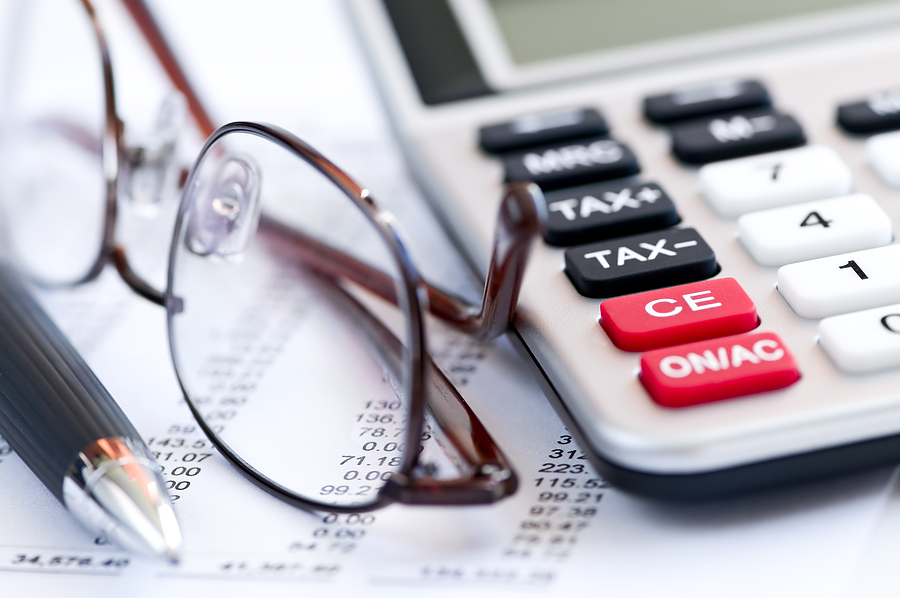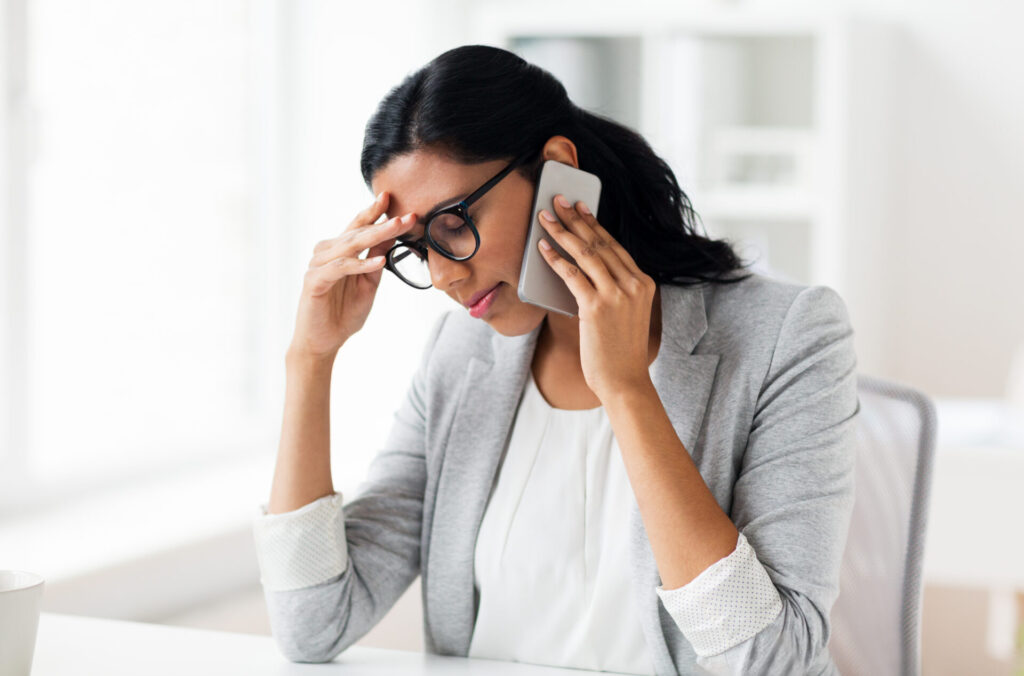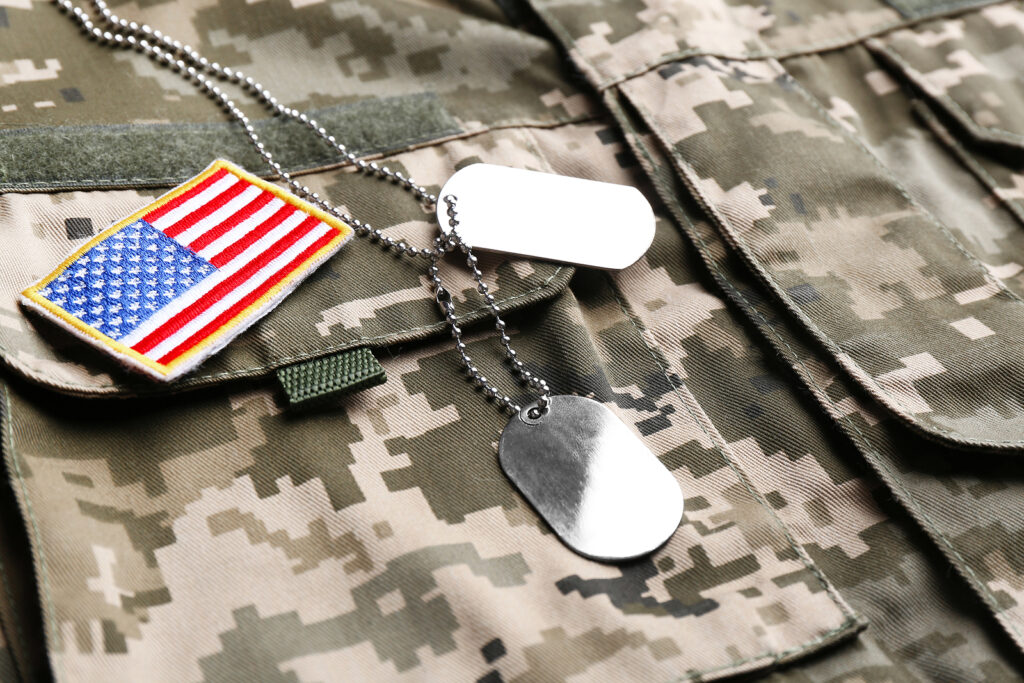Claiming bankruptcy might not be the most enjoyable thing in the world, but at least it allows you to take control of your debt and finances. However, many people aren’t aware that there are different types of bankruptcy and that they function differently. That means the process is different, but so is the way it handles various debts.
Chapter 7 bankruptcy requires means testing to be eligible. For anybody that fails the means test, there is always Chapter 13. Chapter 13 bankruptcy works quite differently from Chapter 7. What does this mean for your unsecured debt? That’s what we’ll be talking about today.
But to begin, we will have to look at what happens to debts during a Chapter 13 bankruptcy. Different debts function differently during a knowledgeable chapter 13 bankruptcy attorney, including some that can’t be canceled at all through a Chapter 13 and others that can only be addressed this way. Finally, with this all at hand, we’ll take a peek at the downsides associated with a Chapter 13 bankruptcy.
What Happens to Debt During a Chapter 13?
A Chapter 13 bankruptcy is best thought of as a reorganization of your debt. Unlike Chapter 7, wherein you liquidate your assets to pay off your creditors, a Chapter 13 bankruptcy allows you to keep all of your assets. What happens instead is that your debt is reorganized into a payment plan with set dates for payments to be made. Most Chapter 13 bankruptcies take between three to five years to clear the debt out.

This isn’t exactly what people have in mind when they think of bankruptcy; they tend to think of it more in line with Chapter 7. However, debts can still be eliminated through a Chapter 13 bankruptcy. Typically, the amount that you pay back over the three to five years it takes is longer than the total amount of debt you’ve amassed. So when you complete the repayment process, most of your remaining debts can be eliminated.
But this will largely depend on the types of debt that you have accumulated.
- Nonpriority Unsecured Debts: Priority unsecured debts are paid before other obligations but nonpriority unsecured debts rarely receive special treatment through a Chapter 13 bankruptcy and so they can be discharged. These include credit card debts, utility bills, nonpriority tax obligations, medical bills, personal loans, and other debts of this nature.
- Secured Debts: Secured debts themselves are unlikely to be eliminated. But a Chapter 13 bankruptcy may allow you to cram down the debts into a more manageable style. It may also allow you to strip junior liens, which would then become nonpriority unsecured debt and be eliminated when discharged.
One of the best features of a Chapter 13 bankruptcy is that it can allow you to eliminate some debts that could not be discharged through a Chapter 7 bankruptcy. This means that Chapter 13 may offer you a better chance of getting your financial footing beneath you.
Debts that can be eliminated through a Chapter 13 bankruptcy but not a Chapter 7 bankruptcy include:
- Debts from willful and malicious damage to property
- Fines and penalties owed to the government (depending on the type)
- Retirement account loans
- Condominium fees that came due after the date of filing
- Debts left from a prior bankruptcy where the discharge was denied
- Debts from paying nondischargeable tax obligations
- Debts arising from a property settlement agreement from divorce or separation
What Debts Can’t Be Canceled Through a Chapter 13?
While a Chapter 13 bankruptcy can be used to eliminate certain debts that a Chapter 7 can’t touch, that doesn’t mean that it is able to eliminate everything. There are certain obligations that you must pay in full.
As a Chapter 13 bankruptcy is a restructuring of your debt, those debts that must be paid in full are what is primarily being paid off through your bankruptcy.

Debts that have to be paid in full include:
- Priority Debts: Priority debts, like alimony or child support payments, cannot be discharged. They have to be paid off in full. Paying them off in three to five years often gives more breathing room, but they will directly affect the size of your monthly payment.
- Mortgage Arrears: If you are behind on your mortgage, then you can either choose to lose the house or to pay off the mortgage arrears through the repayment plan. While catching up on arrears, you still need to make your ongoing payments. If you are okay with losing the house, then you can surrender your mortgage arrears to the lender instead.
- Car Loans (Secured Debt): Car loans are considered secured debt. If you fail to make the payments, then you lose the car. Secured debts need to be paid off, though whether they have to be repaid through a plan or outside of a plan can be a tricky subject. Chapter 13 can help in reducing car payments in some cases if the amount owed is more than the value of the vehicle.
- Administrative Claims: Your Chapter 13 trustee must be paid, and so that has to come out of the payment plan itself. You can’t eliminate this debt because it is essentially the cost of making use of a Chapter 13 bankruptcy.
What Are the Downsides of a Chapter 13 Bankruptcy?
Chapter 13 bankruptcy can be expensive. You are still paying off many of the debts you have, they are mostly just getting reorganized into what should be a more manageable form. But that can still be a problem for those whose mismanagement of funds got them into so much debt in the first place.

When possible, most people prefer to go with a Chapter 7 bankruptcy. But if you can’t pass the means test then Chapter 13 is often the best option.
How Do I Pick the Type of Bankruptcy Right For Me?
By talking to an experienced bankruptcy attorney. An expert bankruptcy lawyer can take a look at your unique situation and offer you the best course of action to take control of your finances again. They can also help to connect you with the necessary information to make an informed decision about your bankruptcy prior to filing, so you can be sure that you approve every step of the process.








